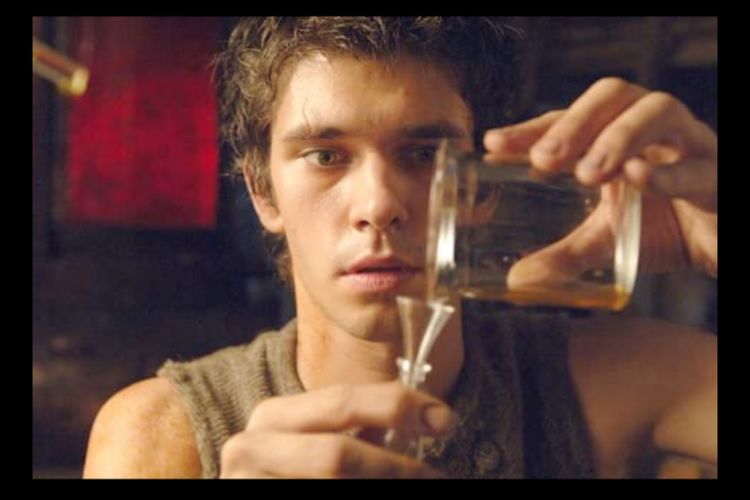

Between the solos in this cue, the music becomes very dark and tense, a trend that continues in the following cue, "Grenouille\'s Childhood". The first performance of the Women\'s Theme is in "The Girl with the Plums" which begins Grenouille\'s obsession and is the basis for this theme\'s progression. Nevertheless, the score works well in the film, and is also an interesting listen on album. I would have liked to have heard some sort of chord progression to reflect this, perhaps increasing as Grenouille adds to his perfume. Unfortunately, the score never reaches the complexity that Hoffman refers to. In the film, Dustin Hoffman\'s character describes perfume as being comprised of twelve scents which, when mixed by the skilled hands of a perfumer, create a layered, complex scent which he likens this to the creation of a musical chord with individual notes. create an interesting theme that is more recognizable by its performance than by its melody the soprano voice is the Women\'s Theme (or some might argue the Woman\'s Theme, referring to the girl with the plums).

This score is also a step above a more recent period film, David Julyan\'s minimalist score to The Prestige, and is often at the forefront of the film. "The Streets of Paris" retains this feeling, with light, moving string and trumpet chords. The solo soprano vocals and light chimes that permeate the score are reminiscent of Elfman\'s Sleepy Hollow, and it creates a tone that is very appropriate to the film, which is set in a similar time. This score, composed along with director Tom Tykwer, features the Berliner Philharmoniker, the State Choir Latvia, sopranos Chen Reiss ("Meeting Laura") and Melanie Mitrano ("The Perfume"), and boy soprano Victor de Maizière ("Laura\'s Murder"). However, the album for Perfume: The Story of a Murderer is a much better listening experience. Reinhold Heil and Johnny Klimek write very functional scores for film but, using The Cave as a prime example, generally do not translate well to album.


 0 kommentar(er)
0 kommentar(er)
